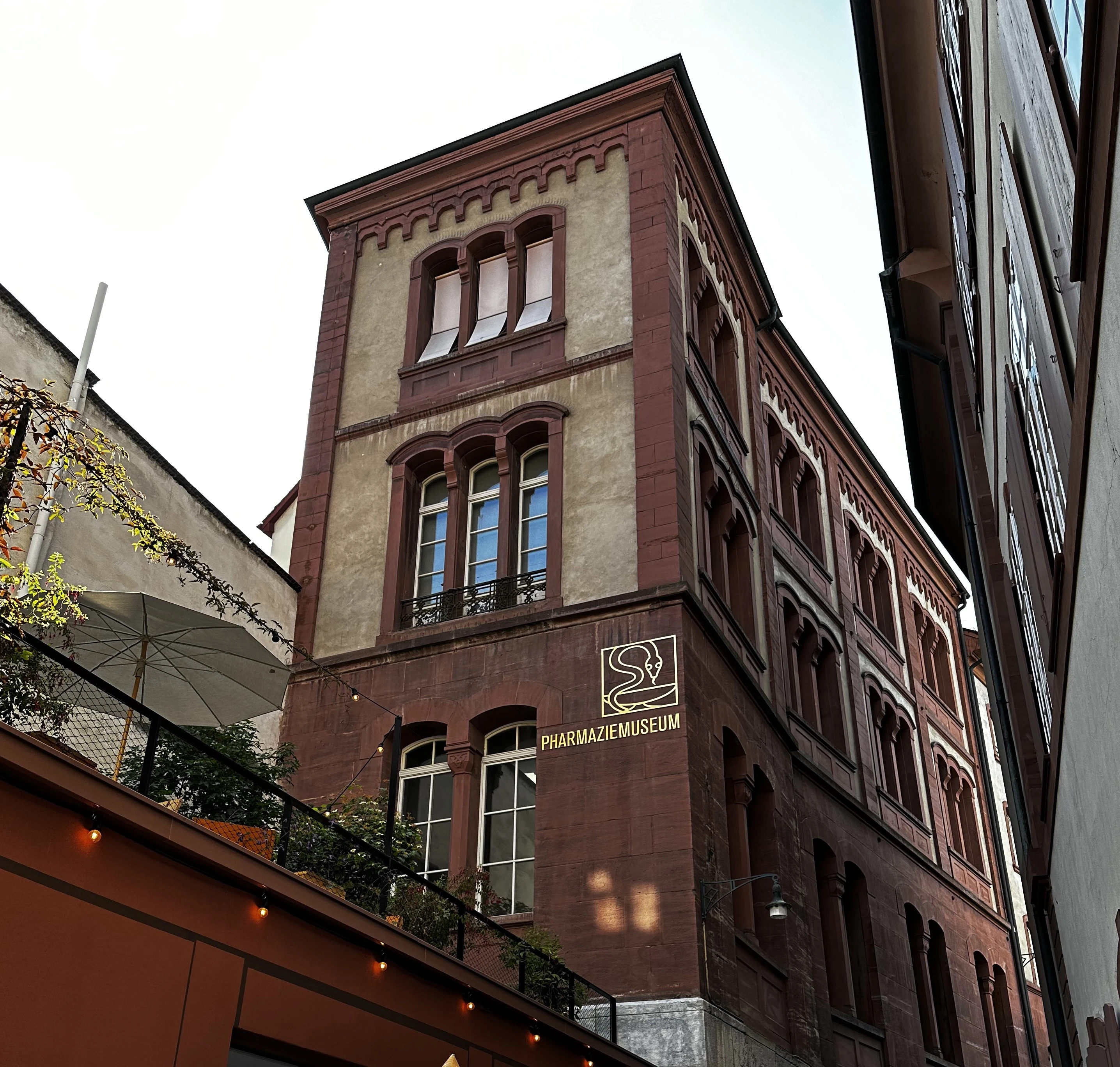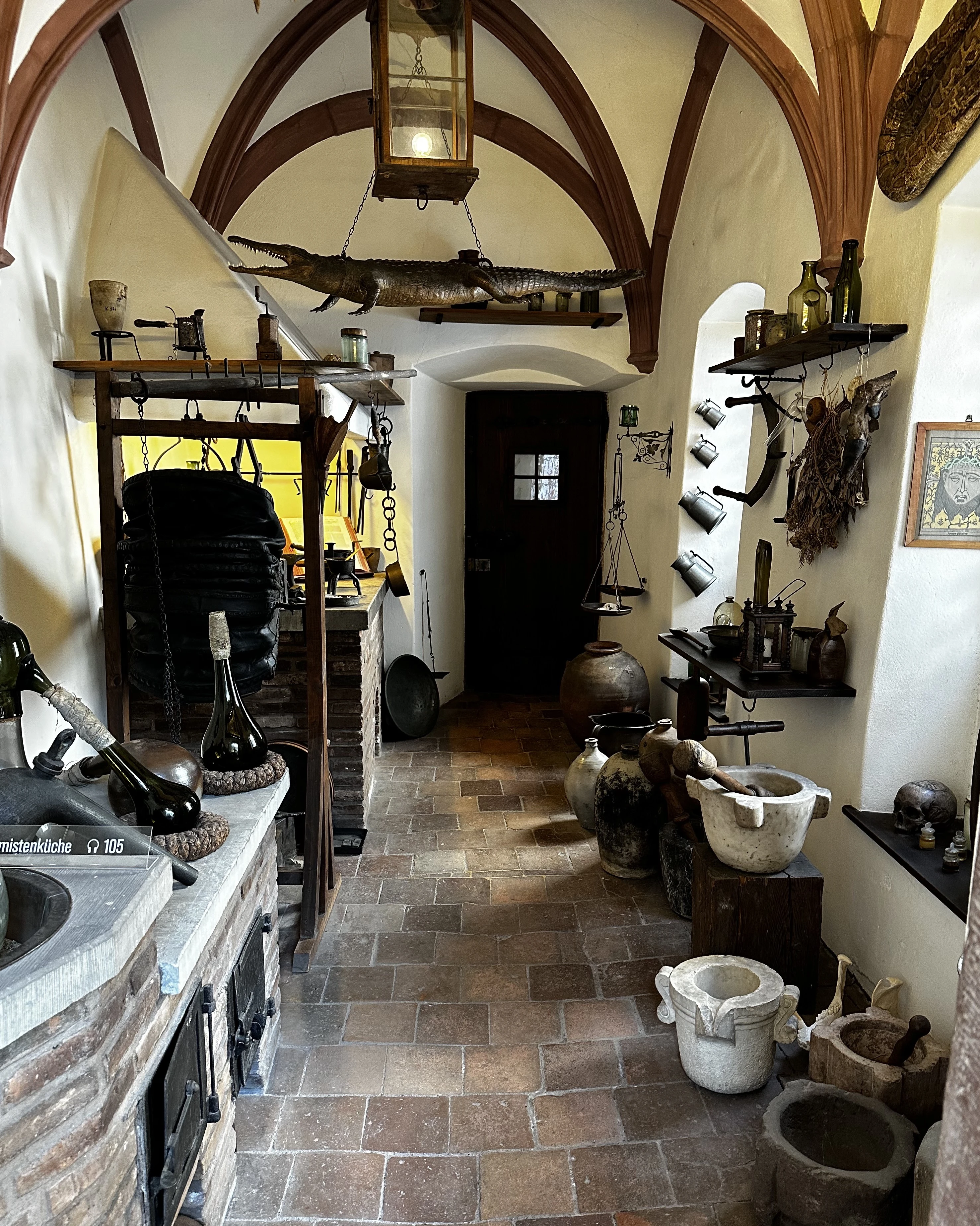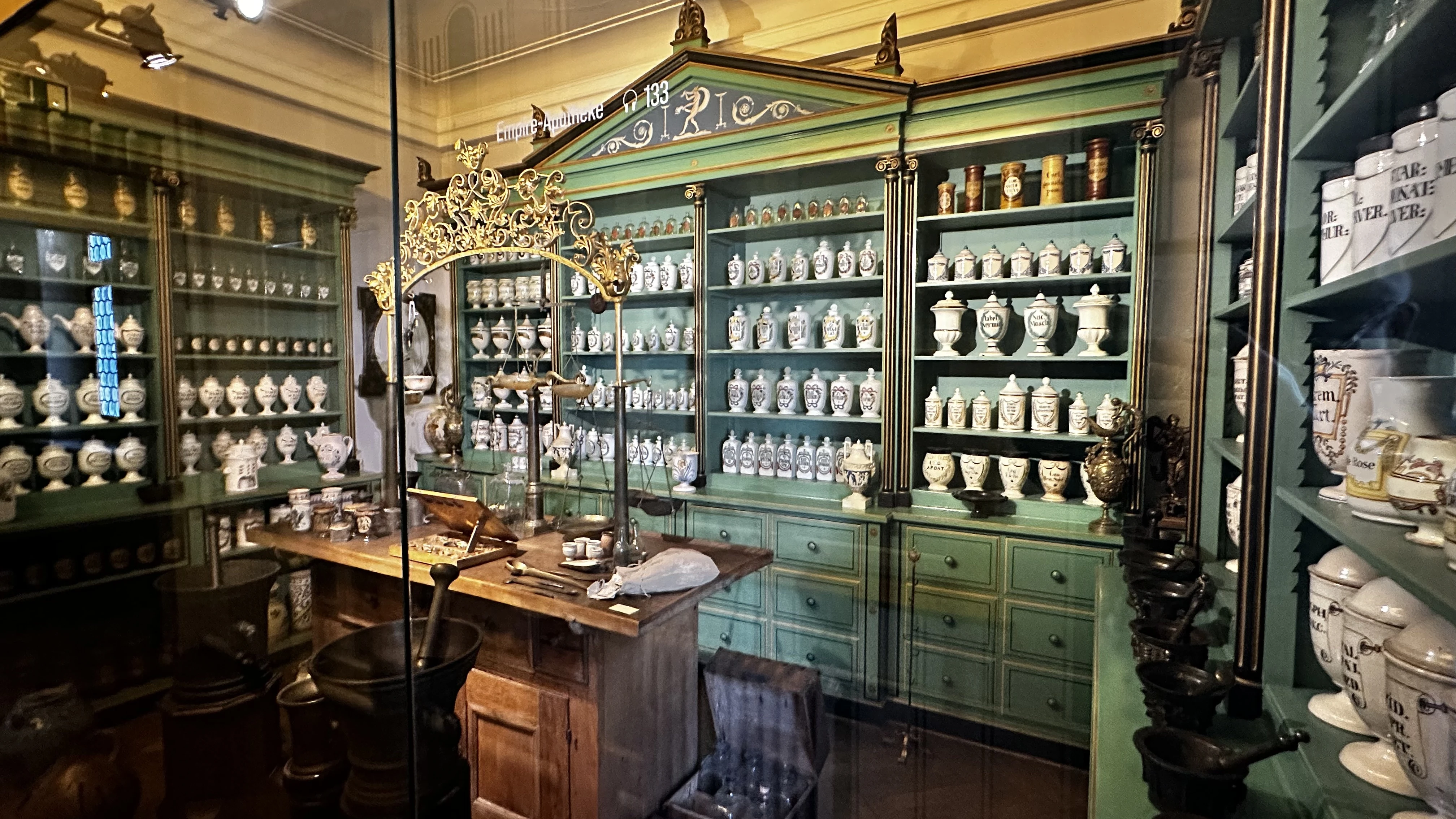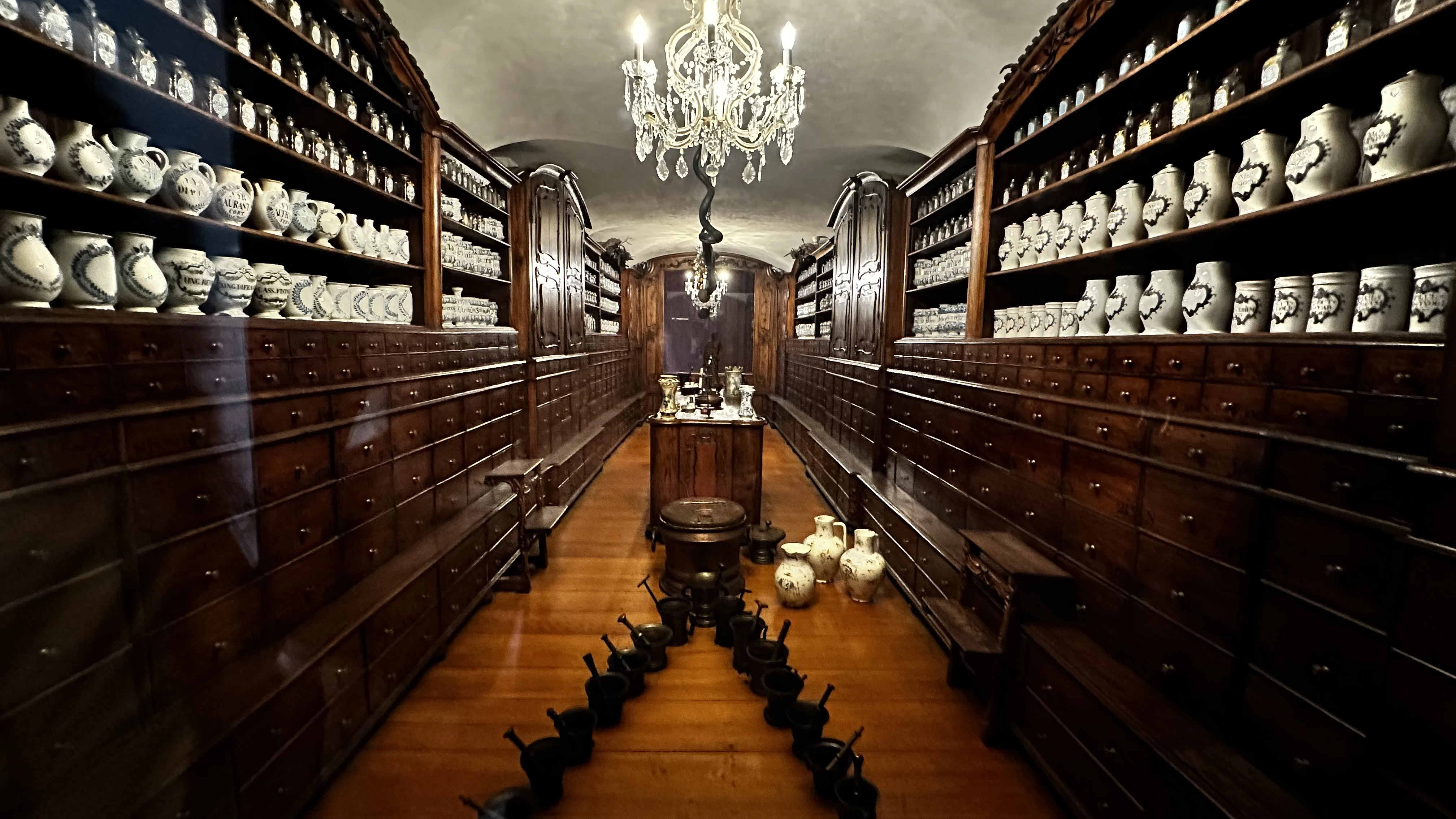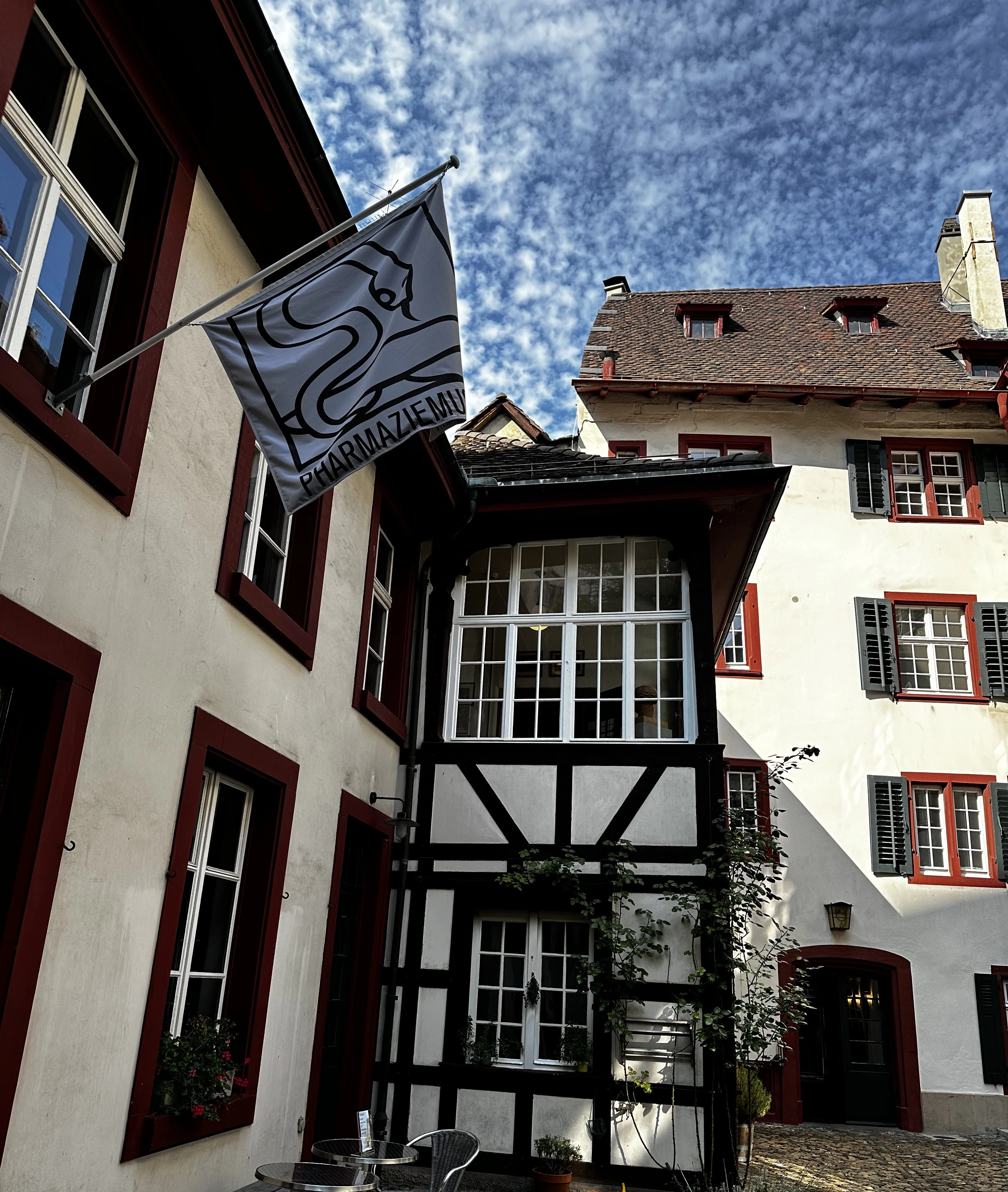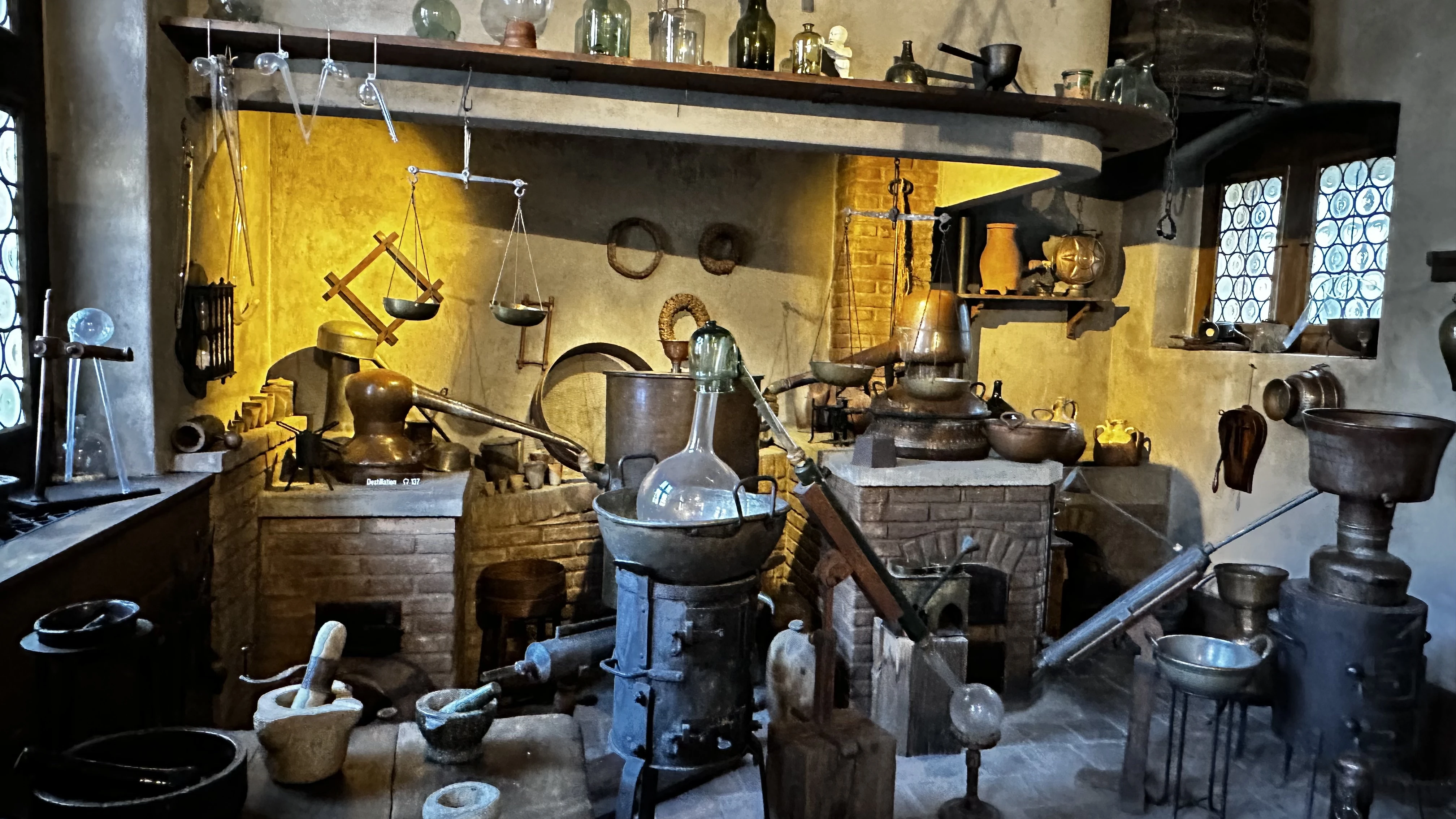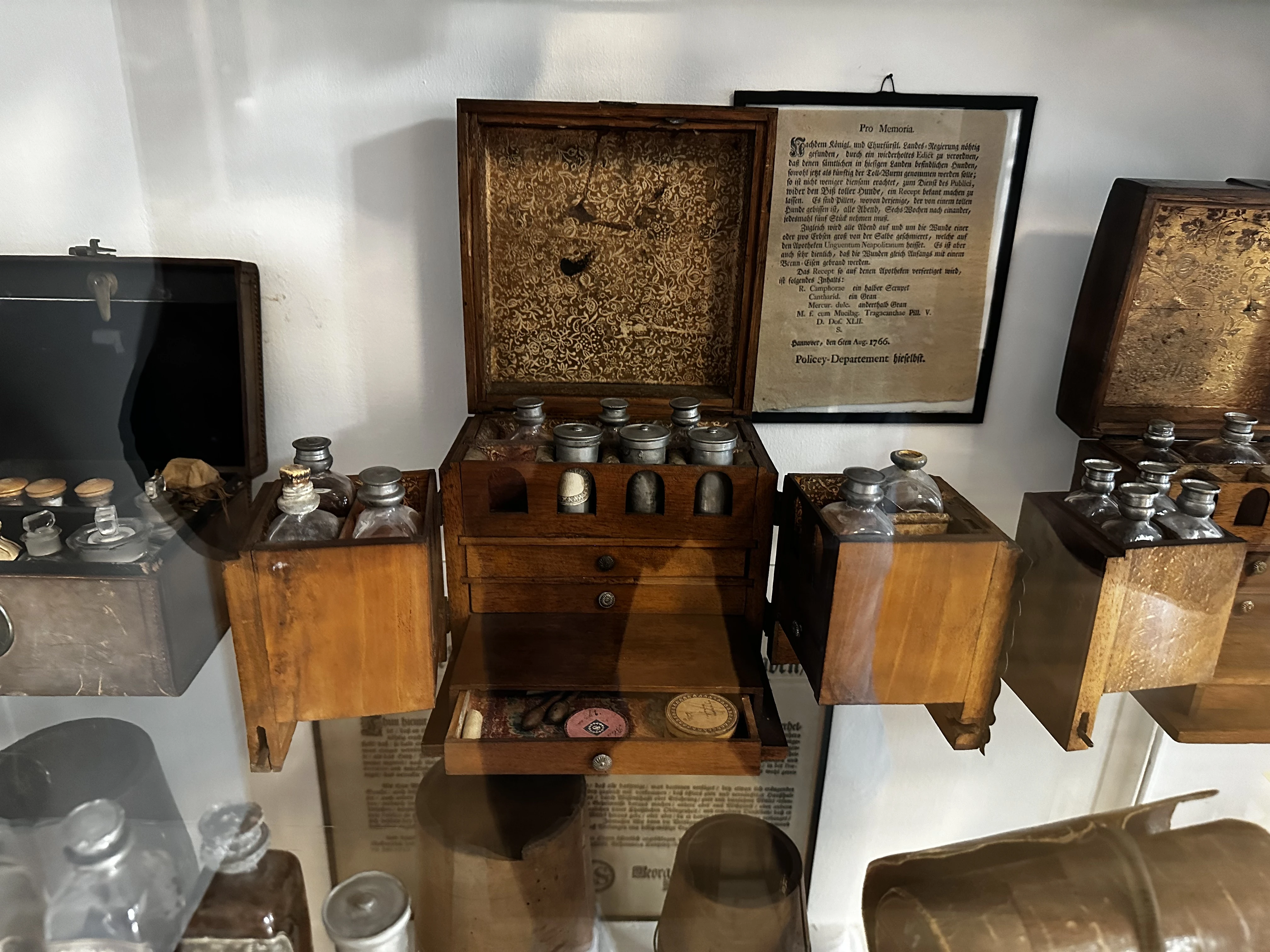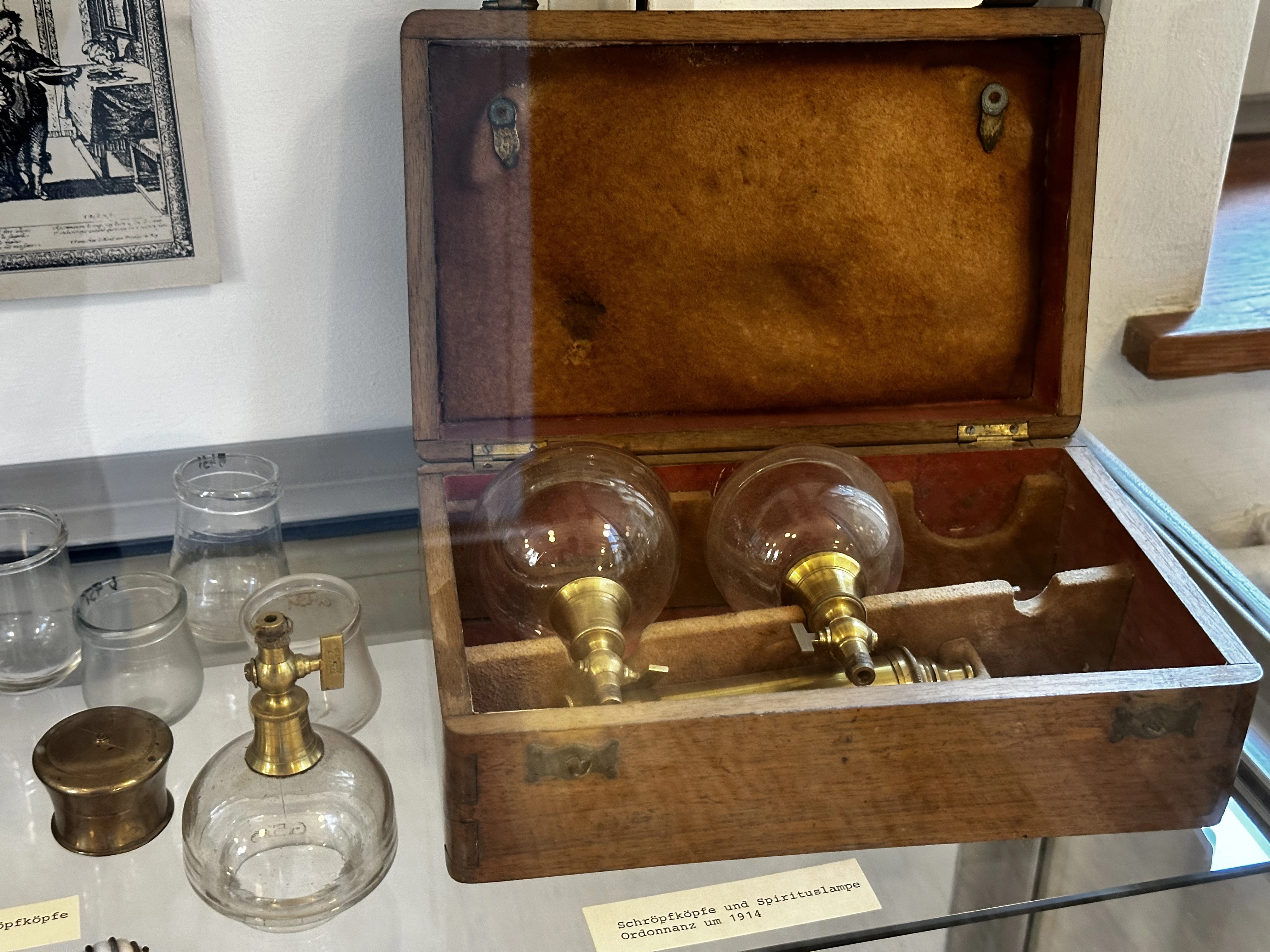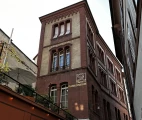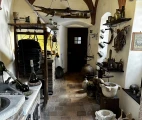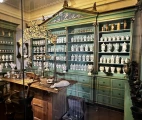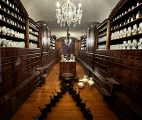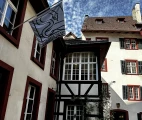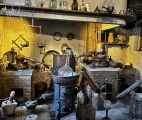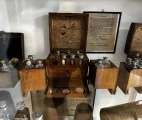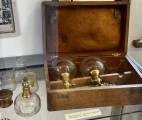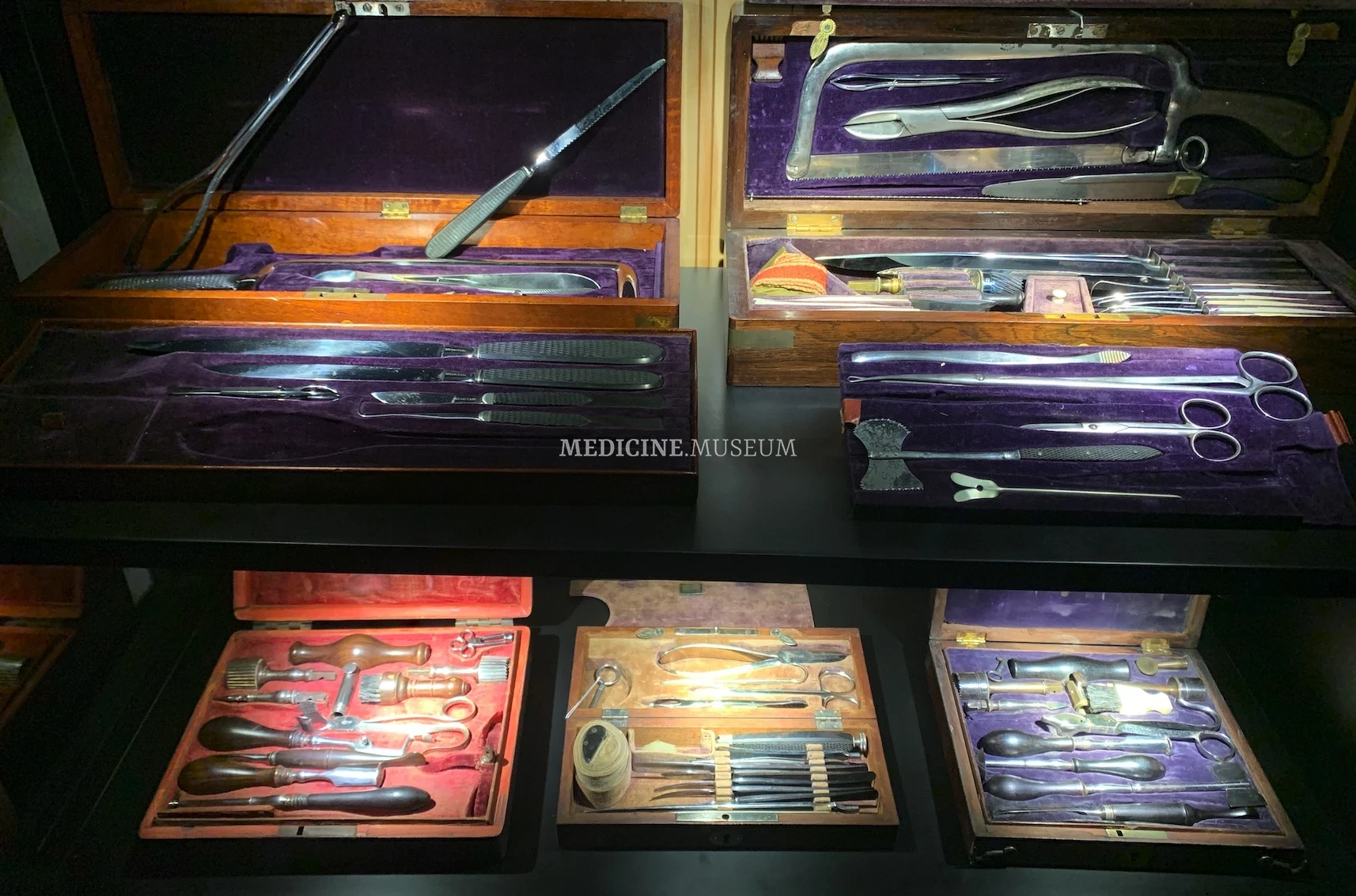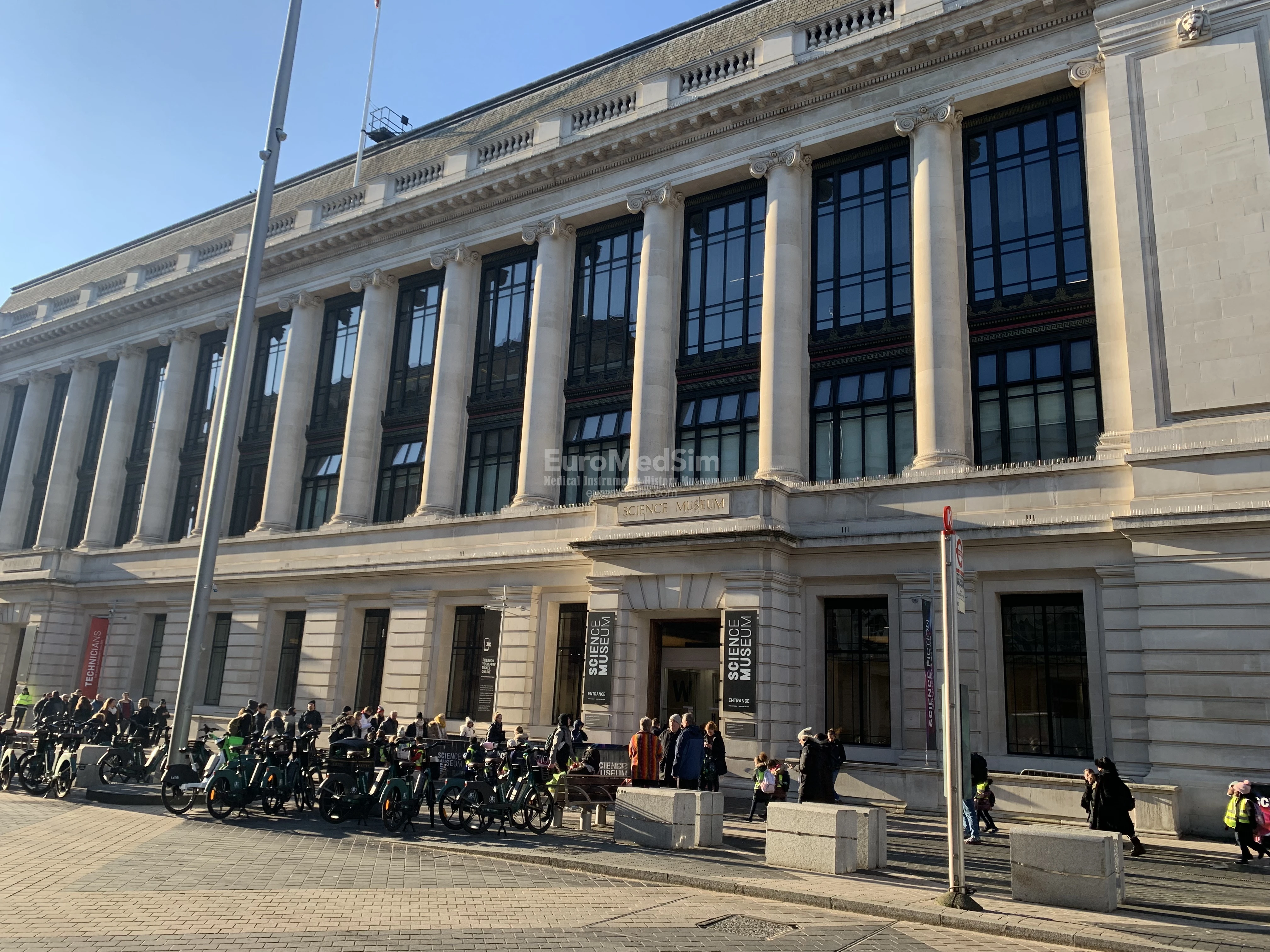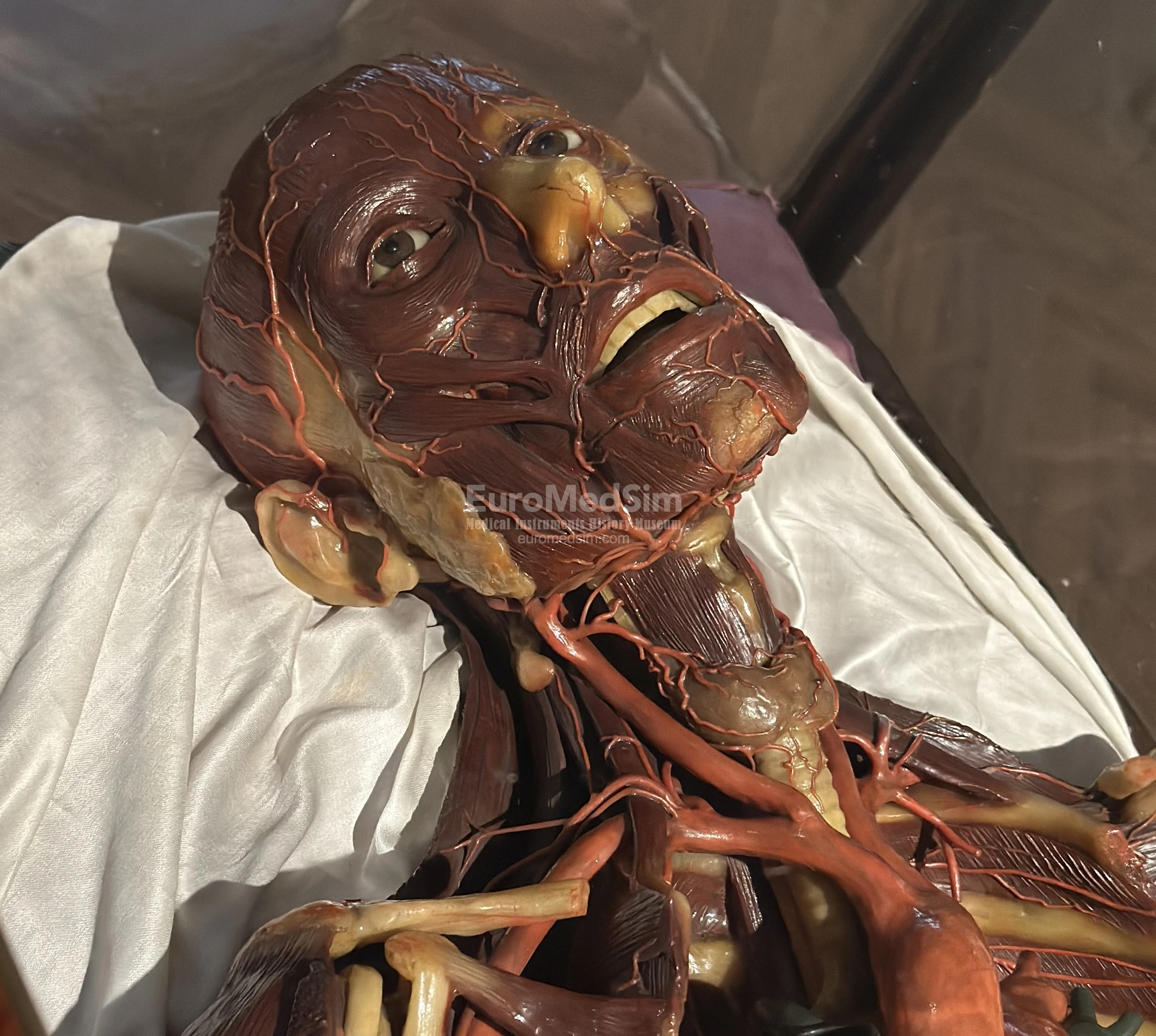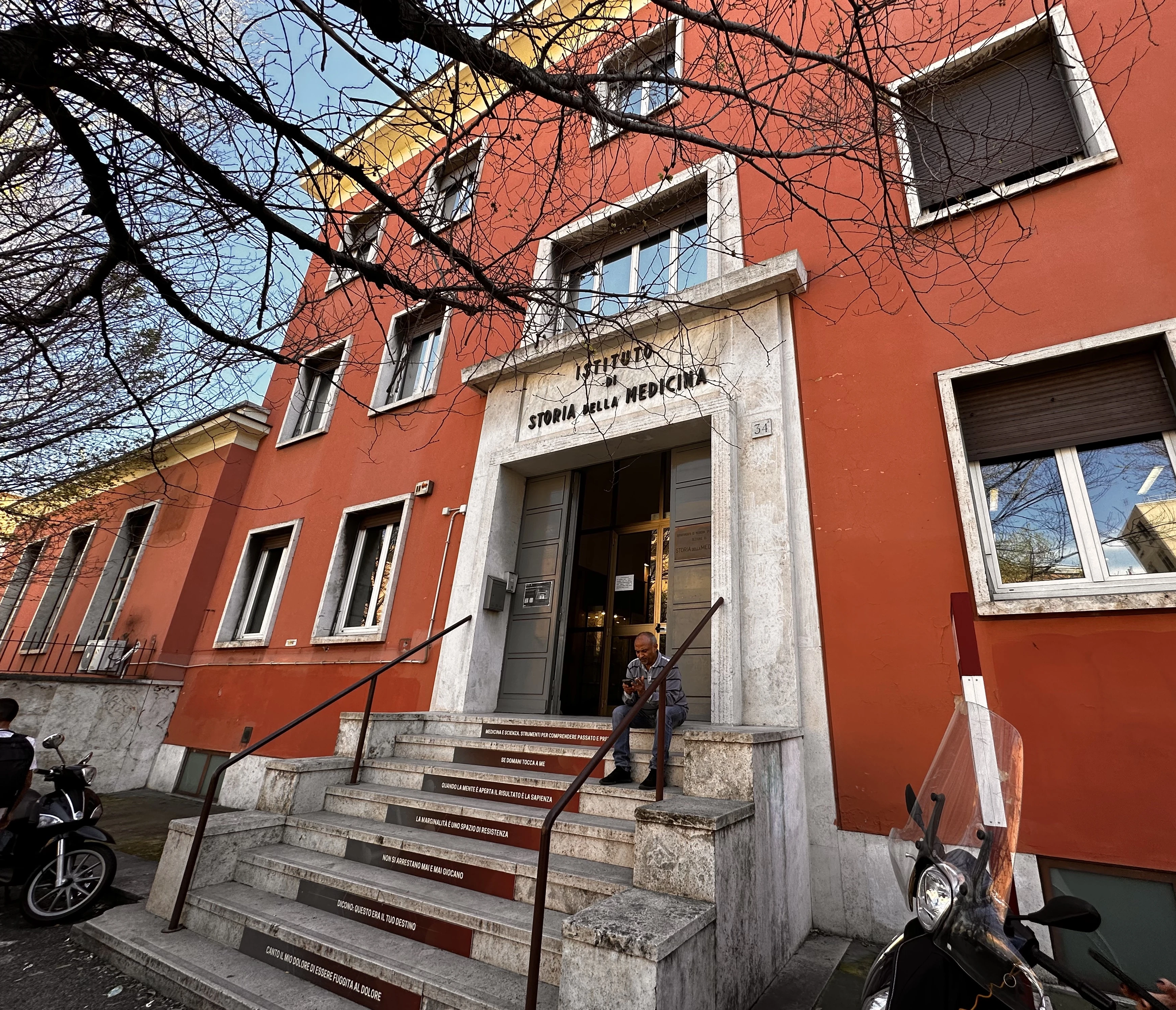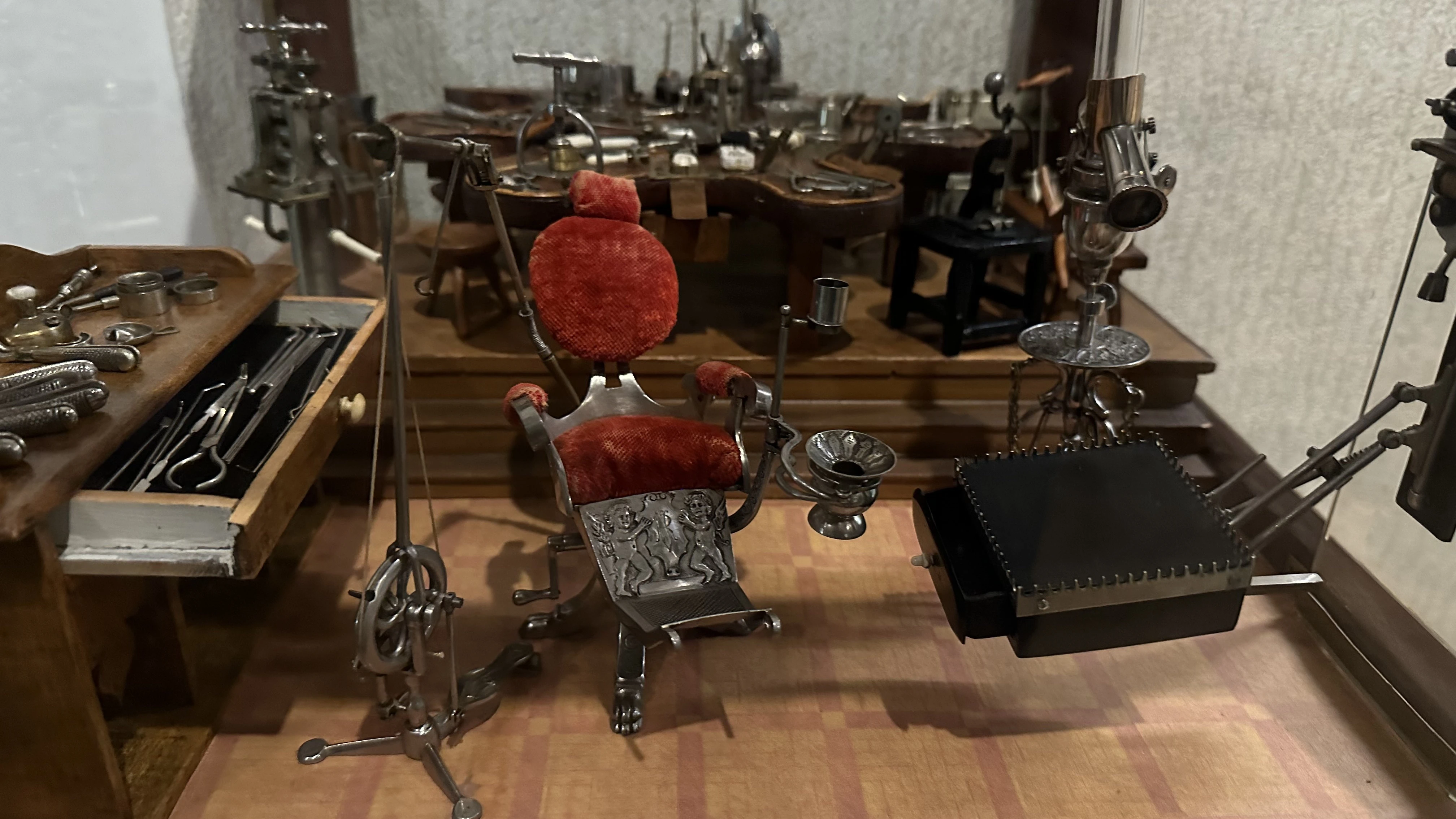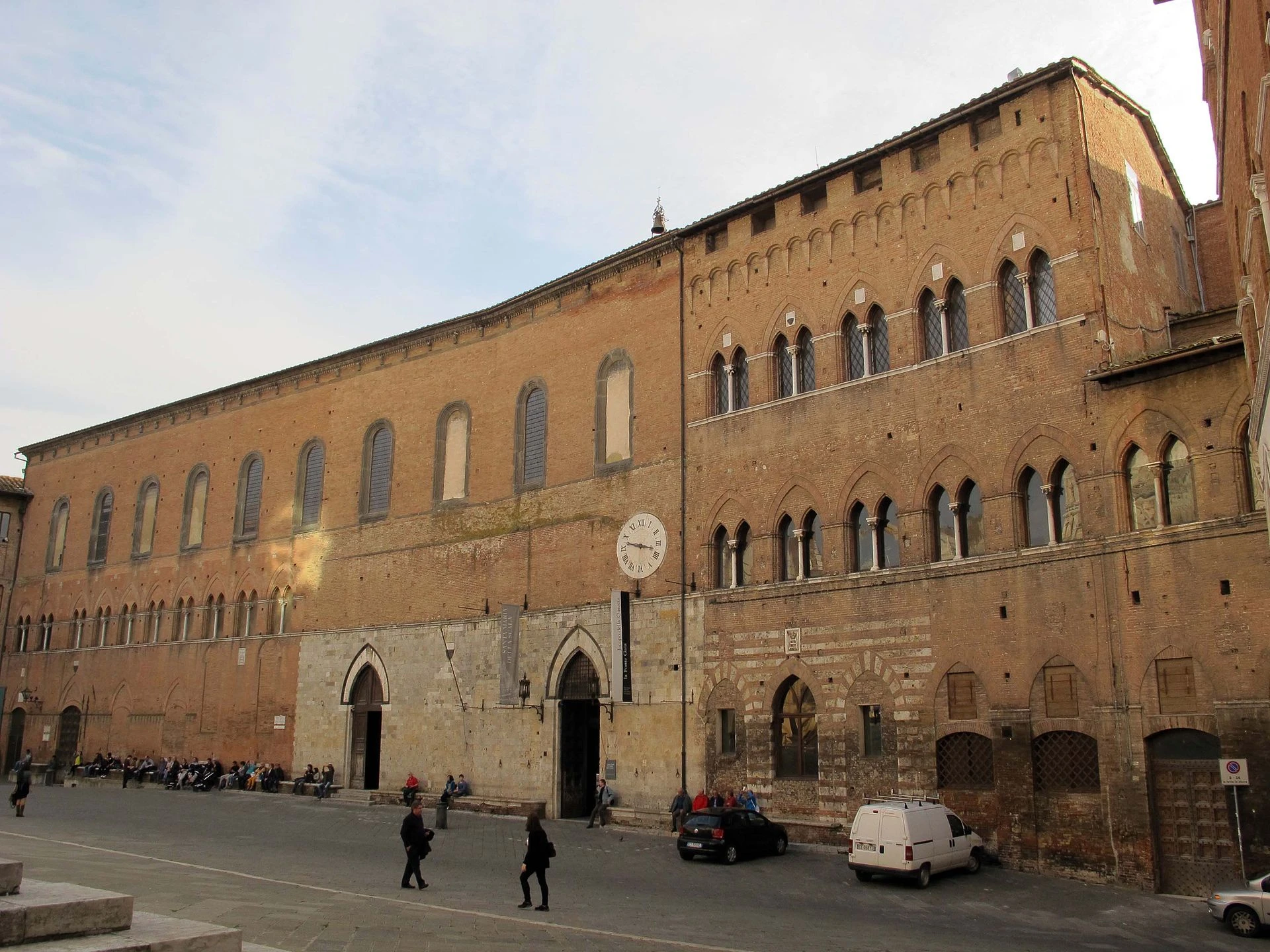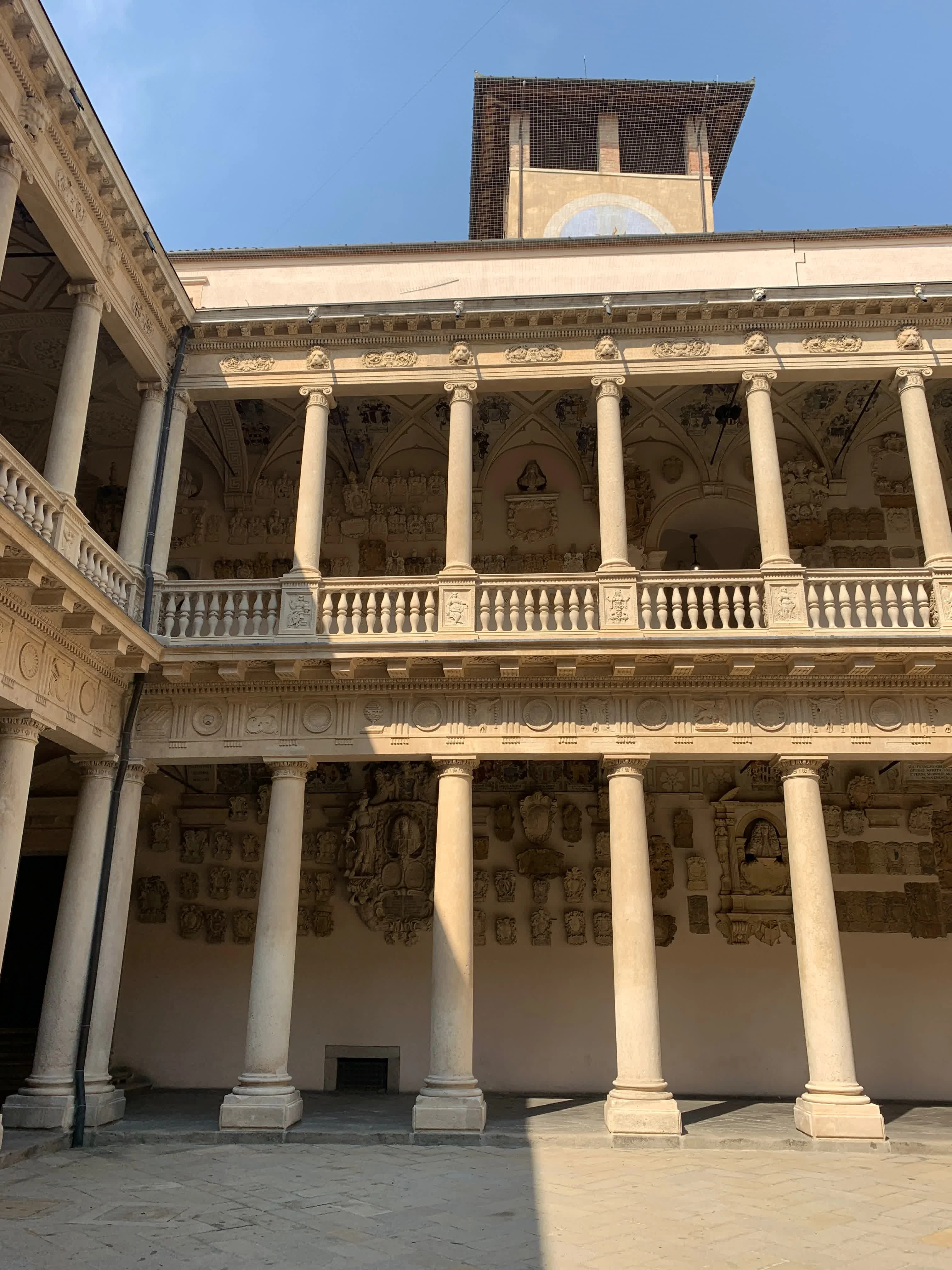Pharmacy Museum of the University of Basel
The Pharmacy Museum of the University of Basel (Pharmaziemuseum Universität Basel) is one of the largest and most important collections of historical pharmaceutical artifacts in the world, the only one of its kind in Switzerland. Its collection includes apothecary ceramics, fully preserved apothecary furniture, an alchemical laboratory, mortars, traveling apothecaries and surgical instruments, medical books, historical medicines and devices related to drug production.
Why ist it worth to visit the Basel Pharmacy Museum?
- This world class medical museum is located in the unique historical place related to the famous names of the medicine and science. Such notable persons as humanist and scientist Erasmus of Rotterdam, alchemist and surgeon Theophrastus von Hohenheim (Paracelsus), leading publishers of the epoch Johann Amerbach, Johann Frobenius, and Johannes Oporinus, painter and illustrator Hans Holbein the Younger worked or lived here.
- Bad, Typography, Guest-house, Institute, Museum. These are several functionalities of the building complex, where now you can find museum. Very historical and absolutely charmant.

History of the Pharmacy Museum of the University of Basel
In the heart of Basel's old town, between the market square and St Peter's Church, stands the Zum Vorderen Sessel building complex. First mentioned in 1316 as the Unter Kramern bathhouse, it has become a place with an rich eventful history.
In the 16th century, it served as a guest house where the humanist and scholar Erasmus of Rotterdam found a place to live and work - wherever you go, you'll see how proud Basel was to be part of his scholarly life. His friend, Johann Froben, book printer, publisher and humanist, continued the tradition of Johann Amersbach, bought his printing workshop in Haus zum Sessel and made Basel one of the world's centres of publishing and book trade.
In 1526-1527, the famous Theophrastus von Hohenheim (Paracelsus), whose famulus Johannes Oporinus published his works right here in this building. The crowning achievement of the publisher has become the printing of a revolutionary book that overturned mankind's understanding of anatomy - De fabrica corporis humani, written by Andreas Vesalius in Padua but published in 1543 in Basel, in the Haus zum Sessel. It is hard to believe that the footprints of all these giants were left on such a small patch of land, they walked these streets, lived and created in these rooms.
From 1917 to 2000, the complex was home to the University Pharmaceutical Institute. The Pharmacy Museum of the University of Basel (Pharmaziemuseum Universität Basel) originally known as the Pharmacy History Museum was established in 1924 by Josef Anton Häfliger (1873-1954) as a university study collection, it has retained its original format as a scientific cabinet. A quarter of a century ago, the complex was finally transformed into the Pharmacy Museum of the University of Basel.
What to see in the Pharmacy Museum of the University of Basel?
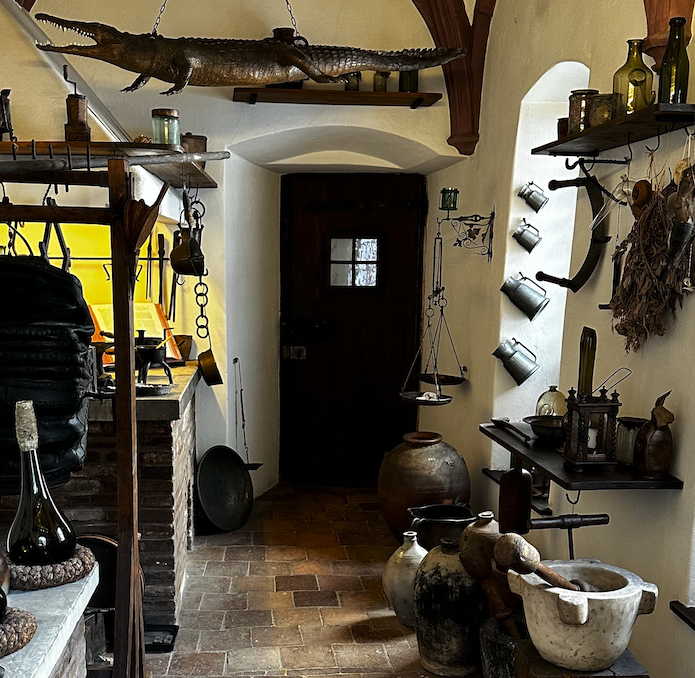
Alchemical Workshop and Equipment, 16th cent. A unique reconstruction of a alchemist's workshop that houses originals from the 16th and 17th centuries is located in the former chapel of the house Zum Vorderen Sessel (15th century). You can even imagine Paracelsus (his bust stands nearby) entering it in the next moment and giving you some explanations the quest for the Philosopher's stone . The collection of alchemical tools, including alembics, distillation apparatus, crucibles, and retorts reflects the close historical ties between pharmacy and alchemy, a precursor to modern chemistry.
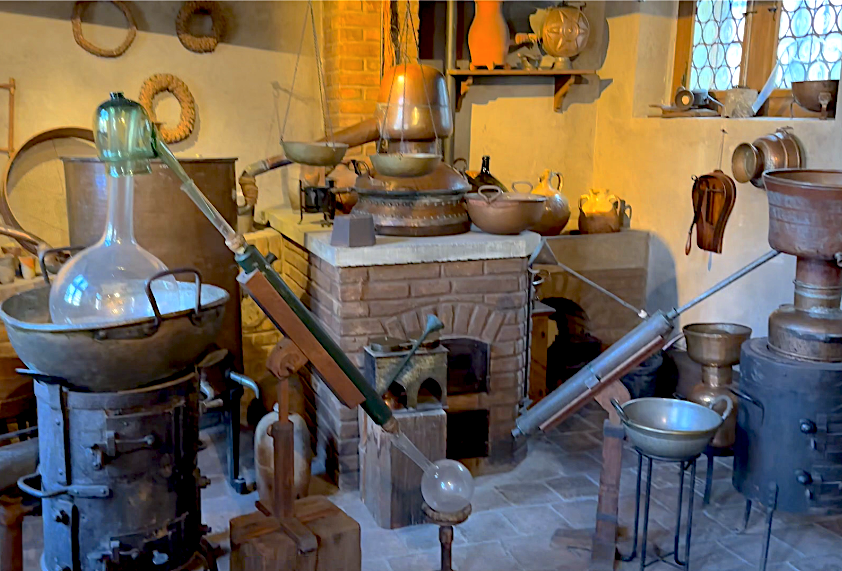
Apothecary's laboratory, 1800s. The other is the apothecary's laboratory of the period around 1800, where, among other things, one of the most important jobs was the manual preparation of medicines based on healing herbs.
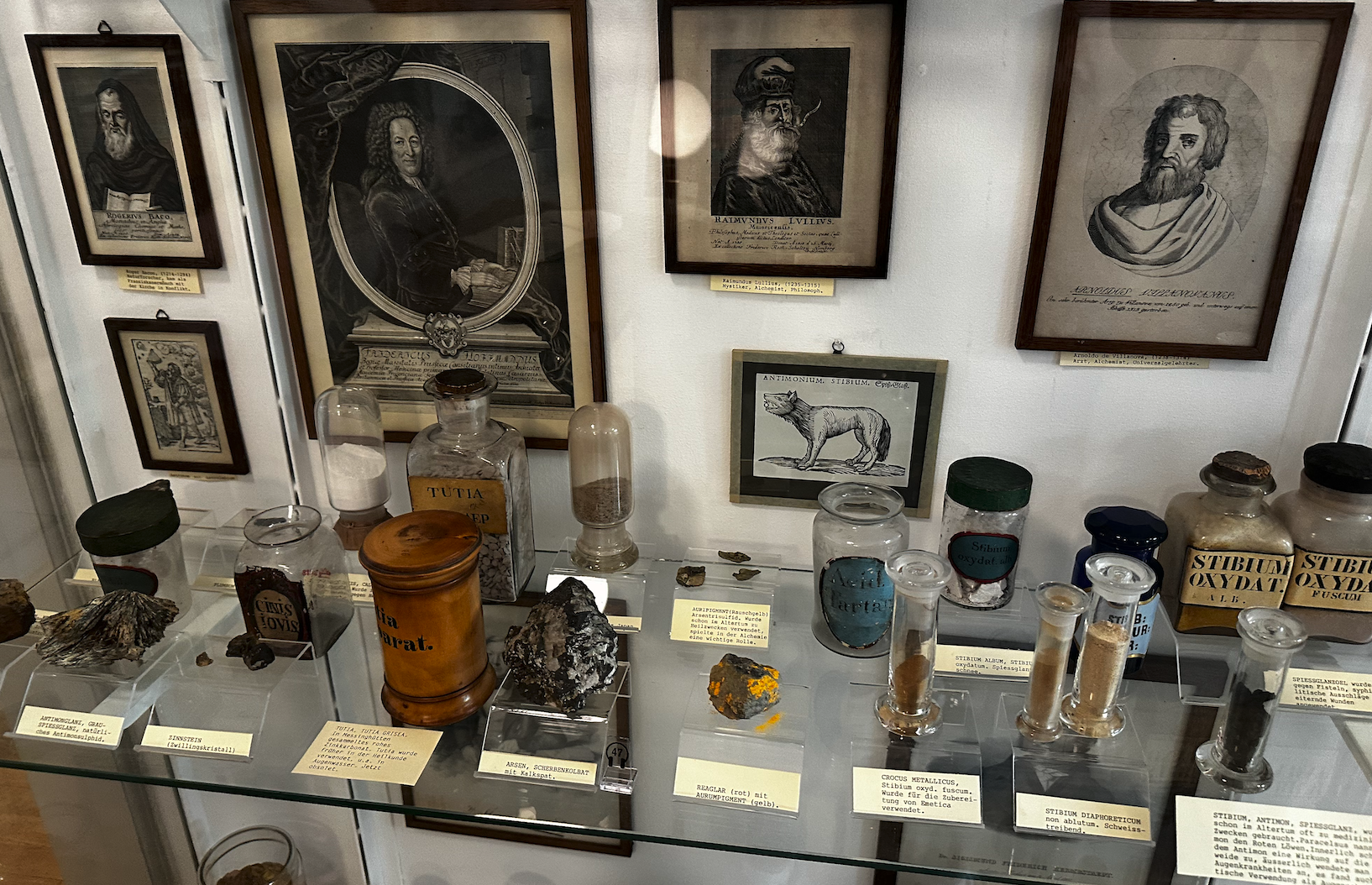
Herbarium and Medicinal Plants: The museum houses a historic herbarium and dried specimens of medicinal plants. These were used for teaching and medicinal purposes, showing the role of botanicals in early medicine and pharmacy.
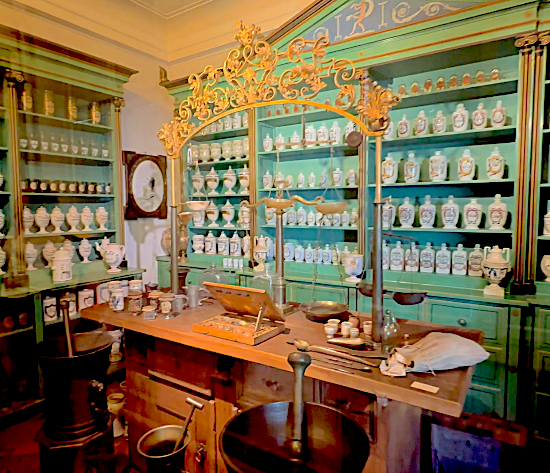
Pharmacy in Empire Style. One of the highlights is a meticulously reconstructed historical apothecary shop, ca. 1820 (some parts originated from Flühli in Kanton Lüzern). It includes period furniture, scales, balances, and early pharmaceutical instruments, offering a glimpse into how pharmacies operated centuries ago.
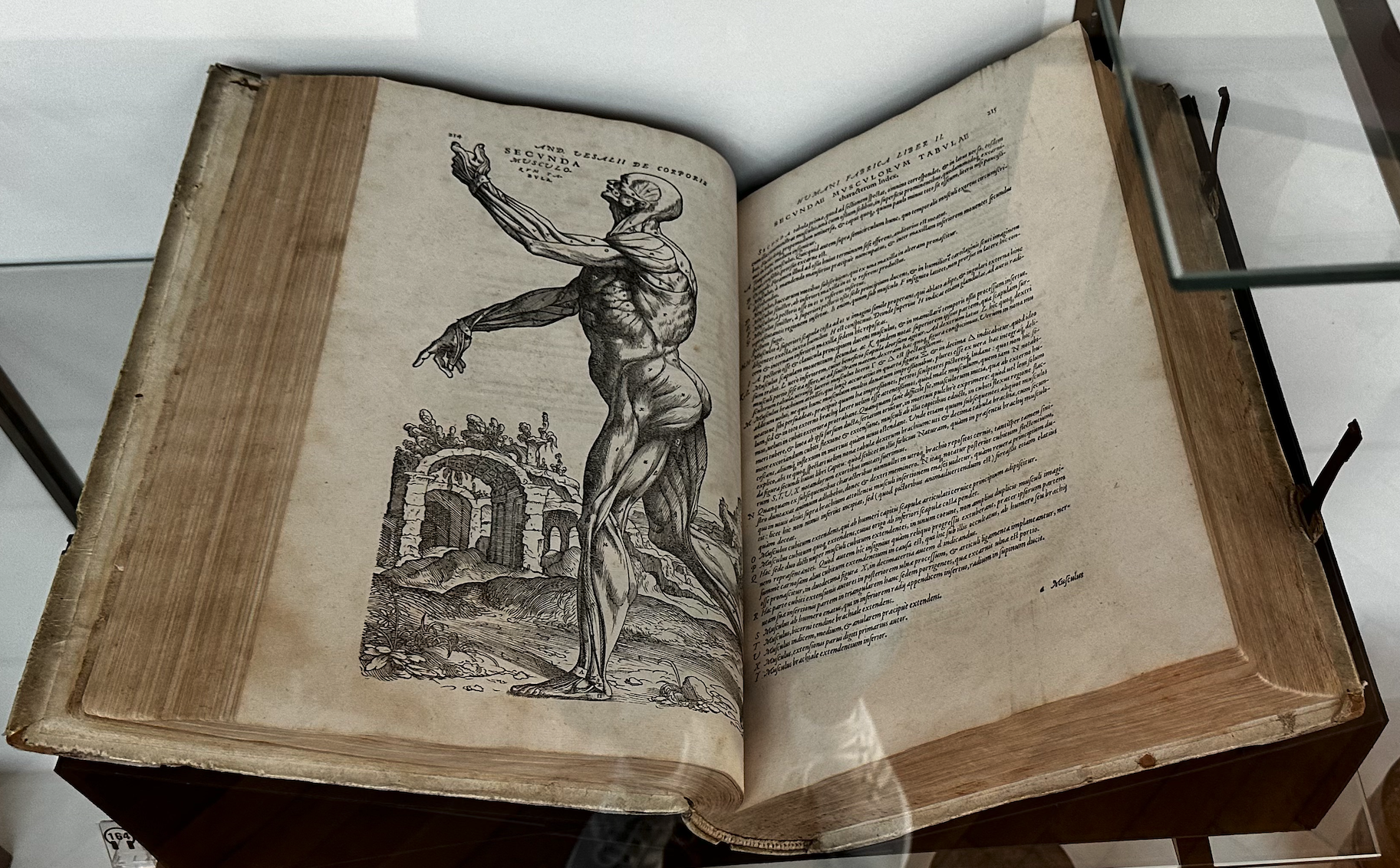
Manuscripts and Rare Books. The museum has an extensive collection of rare pharmaceutical and medical texts, including works by prominent figures like Paracelsus, who was active in Basel. These books document the development of medical and pharmaceutical knowledge.
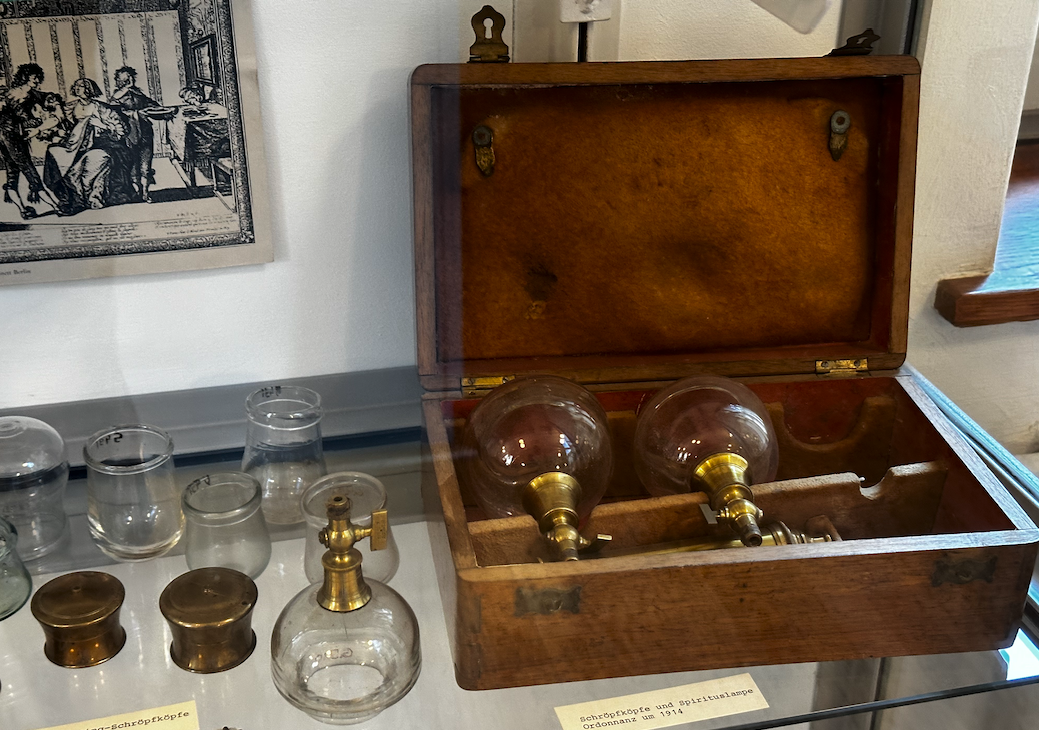
Pharmaceutical and Surgical Instruments. The collection includes various early pharmaceutical tools, such as pill presses, mortars and pestles, glassware, and scales, which were essential for preparing medicines.
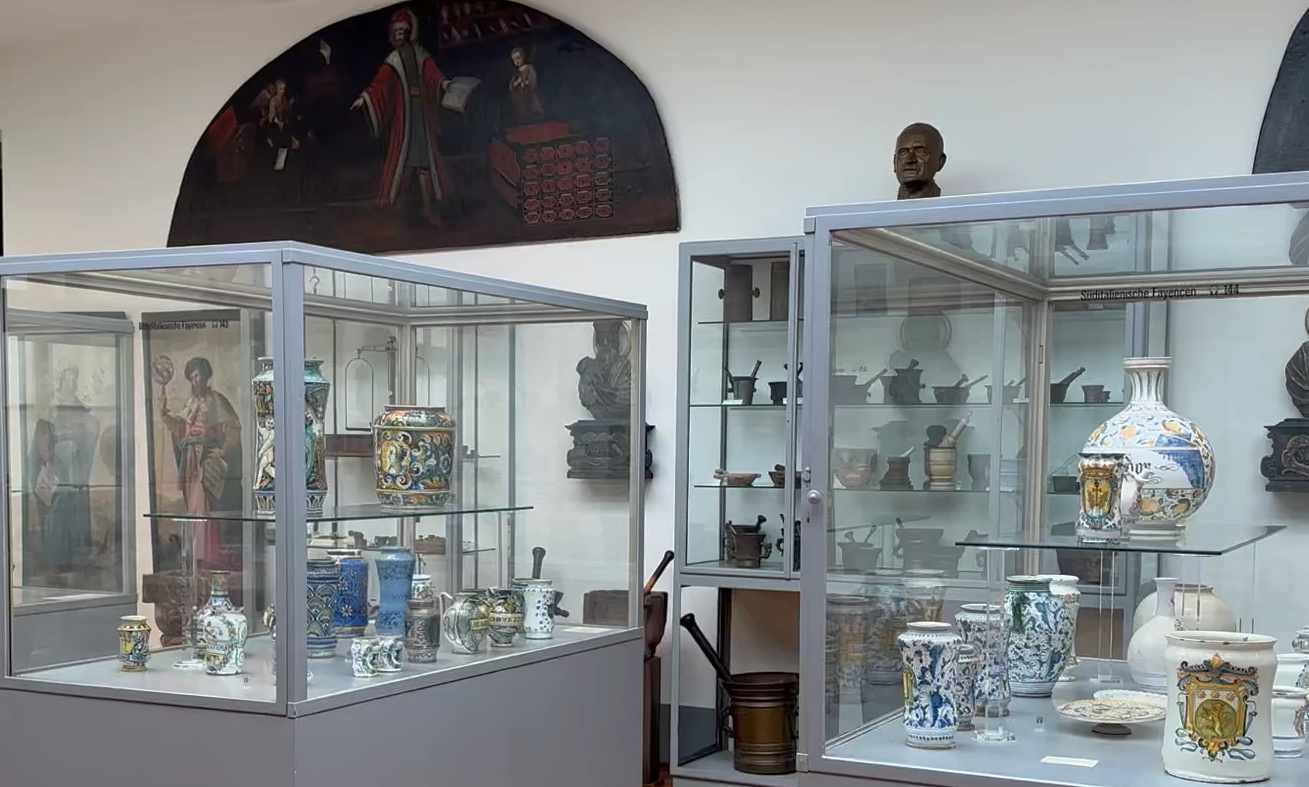
Historical Apothecary Jars and Containers. The museum showcases are wide variety of beautifully decorated apothecary jars, vases, and containers used for storing herbs, powders, and medicinal substances. Many of these date back to the Renaissance and Baroque periods and feature intricate designs. It is difficult to find such a variety of these pharmacology vessels.
One of the world capitals of the pharma industry can be proud of its pharmaceutical museum, which is indeed one of the best in the world.
